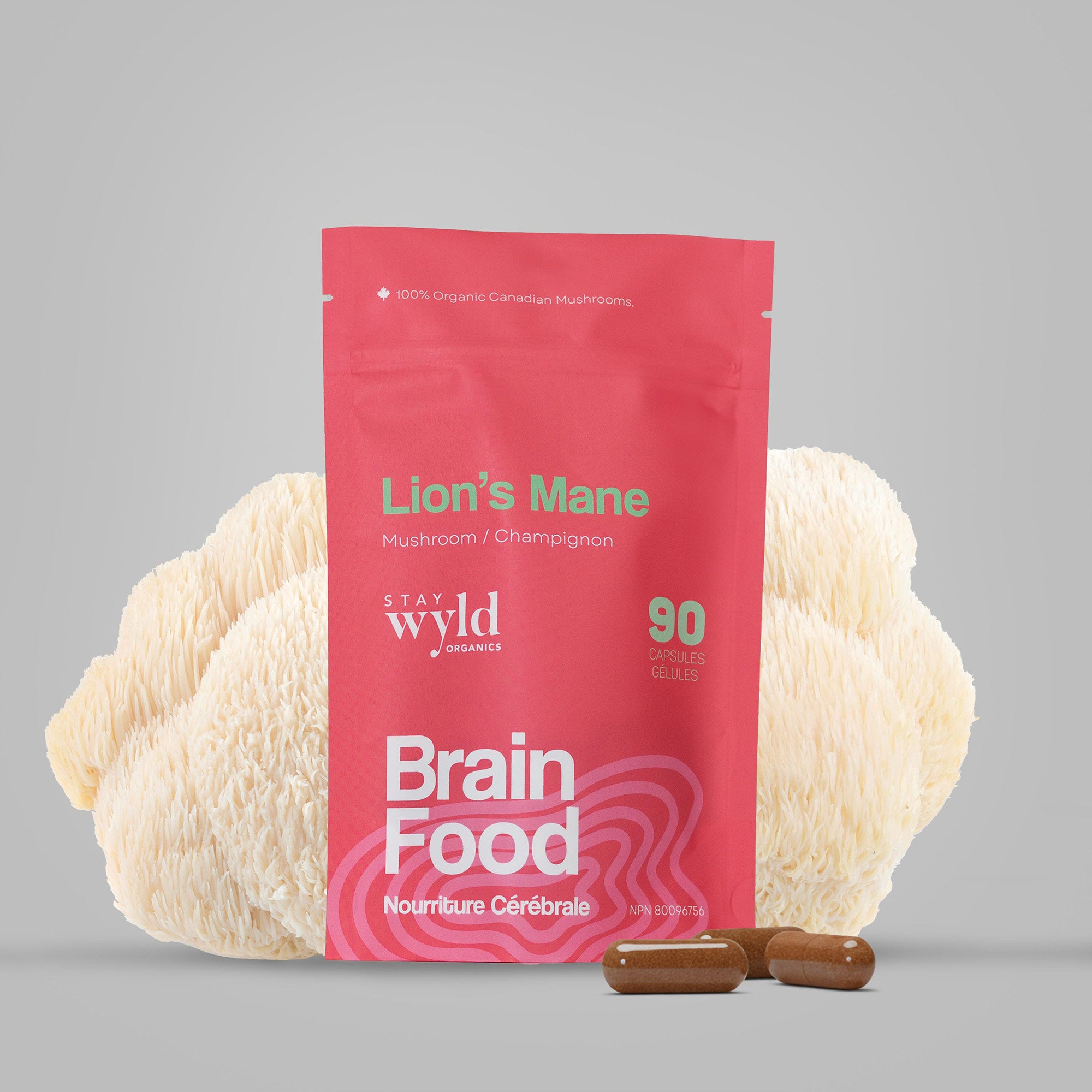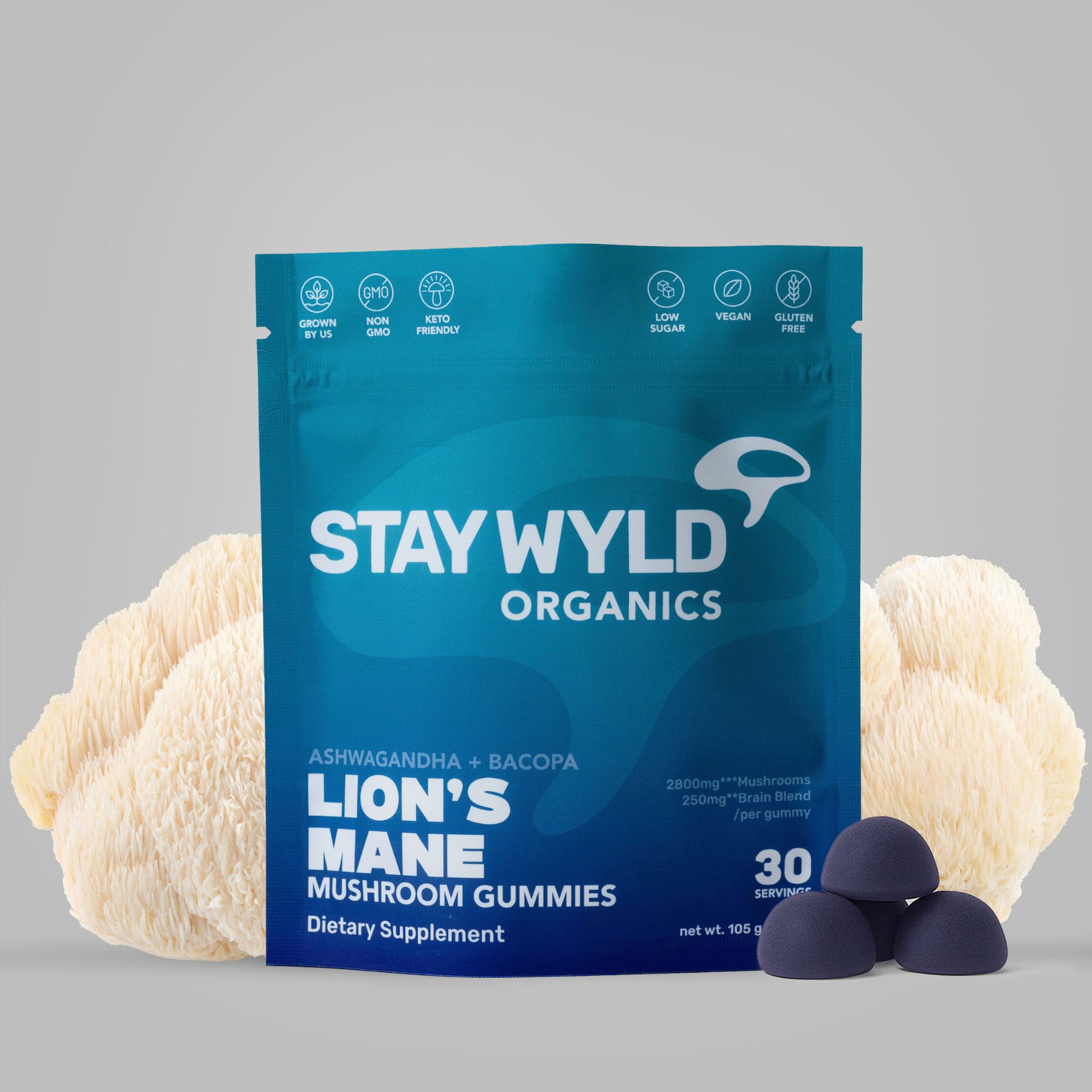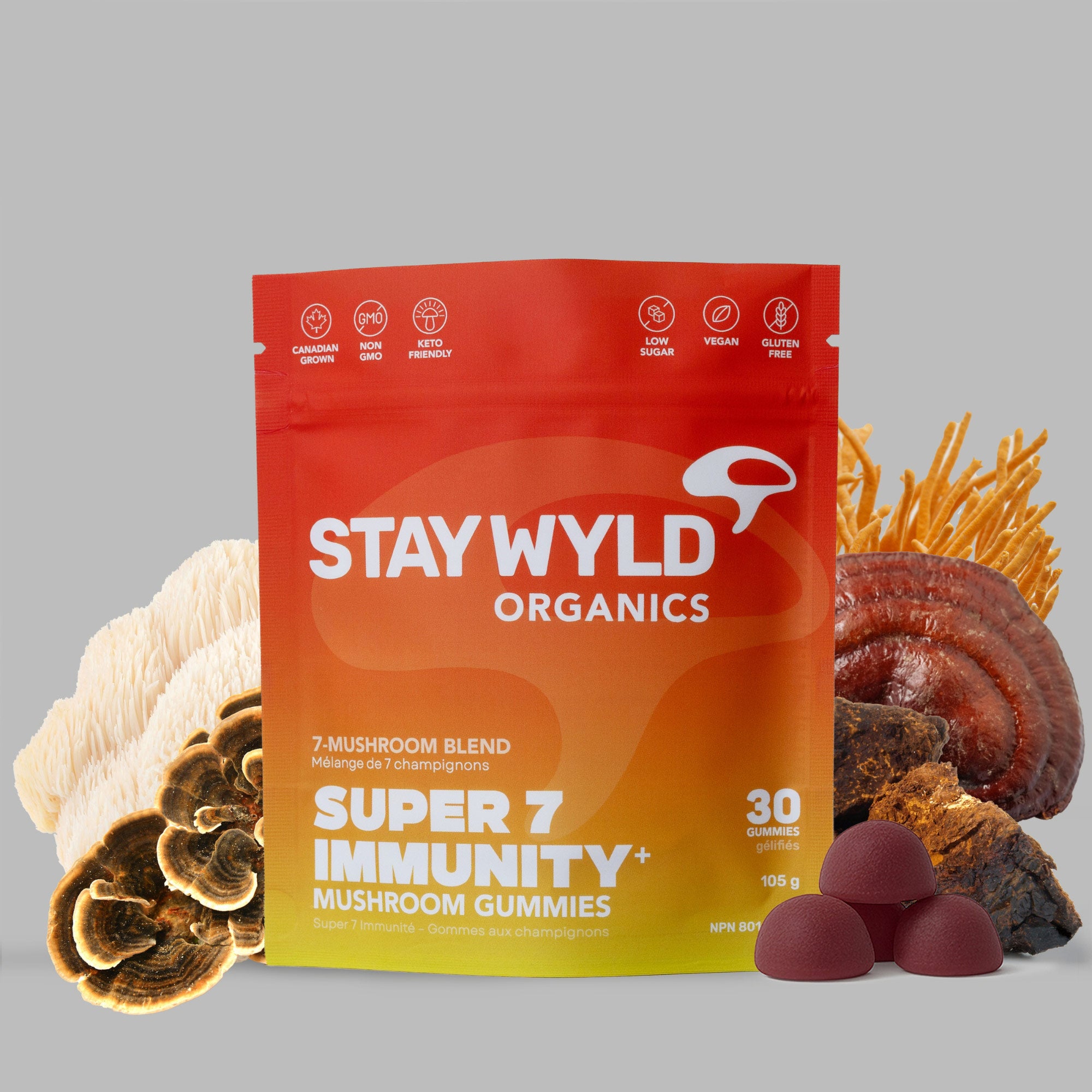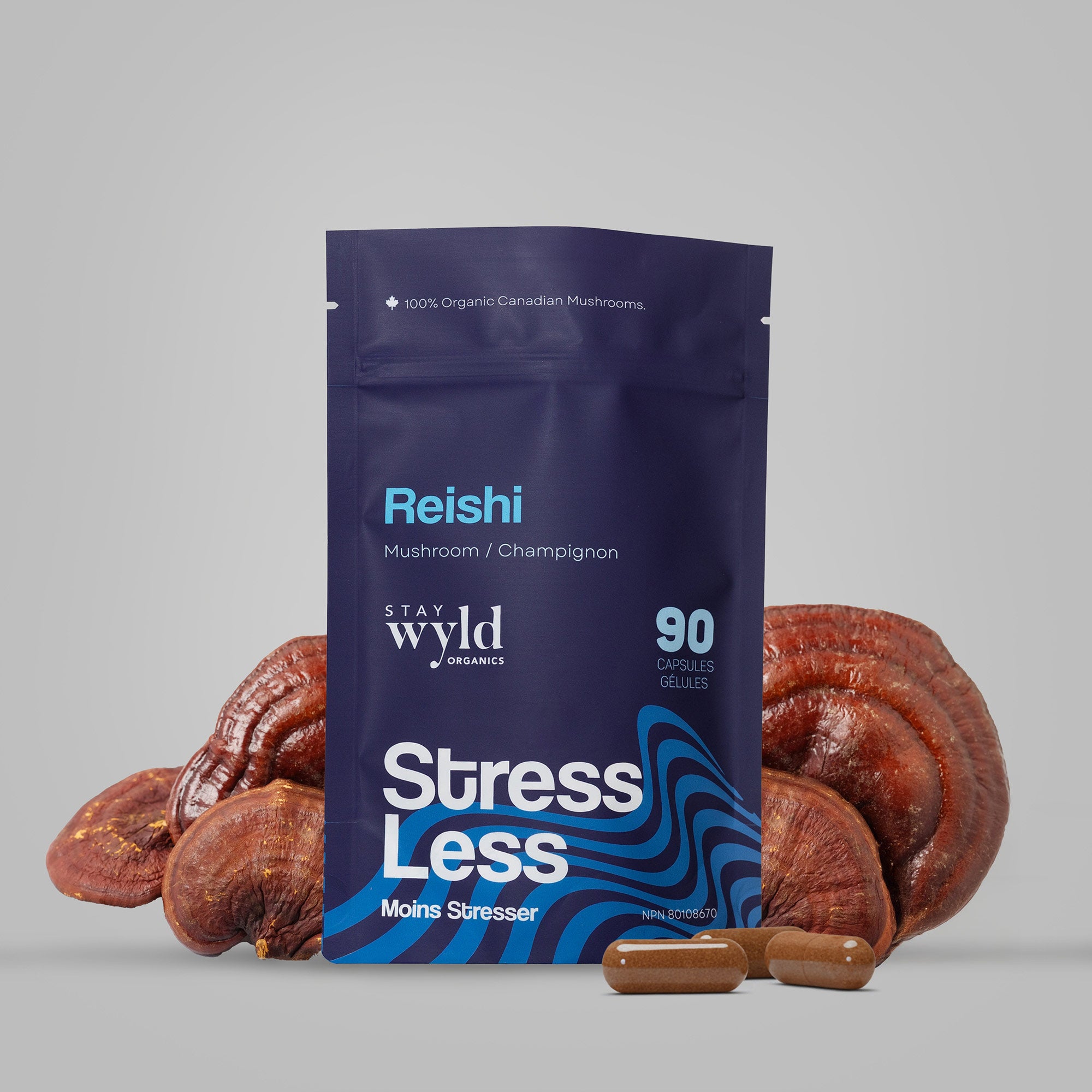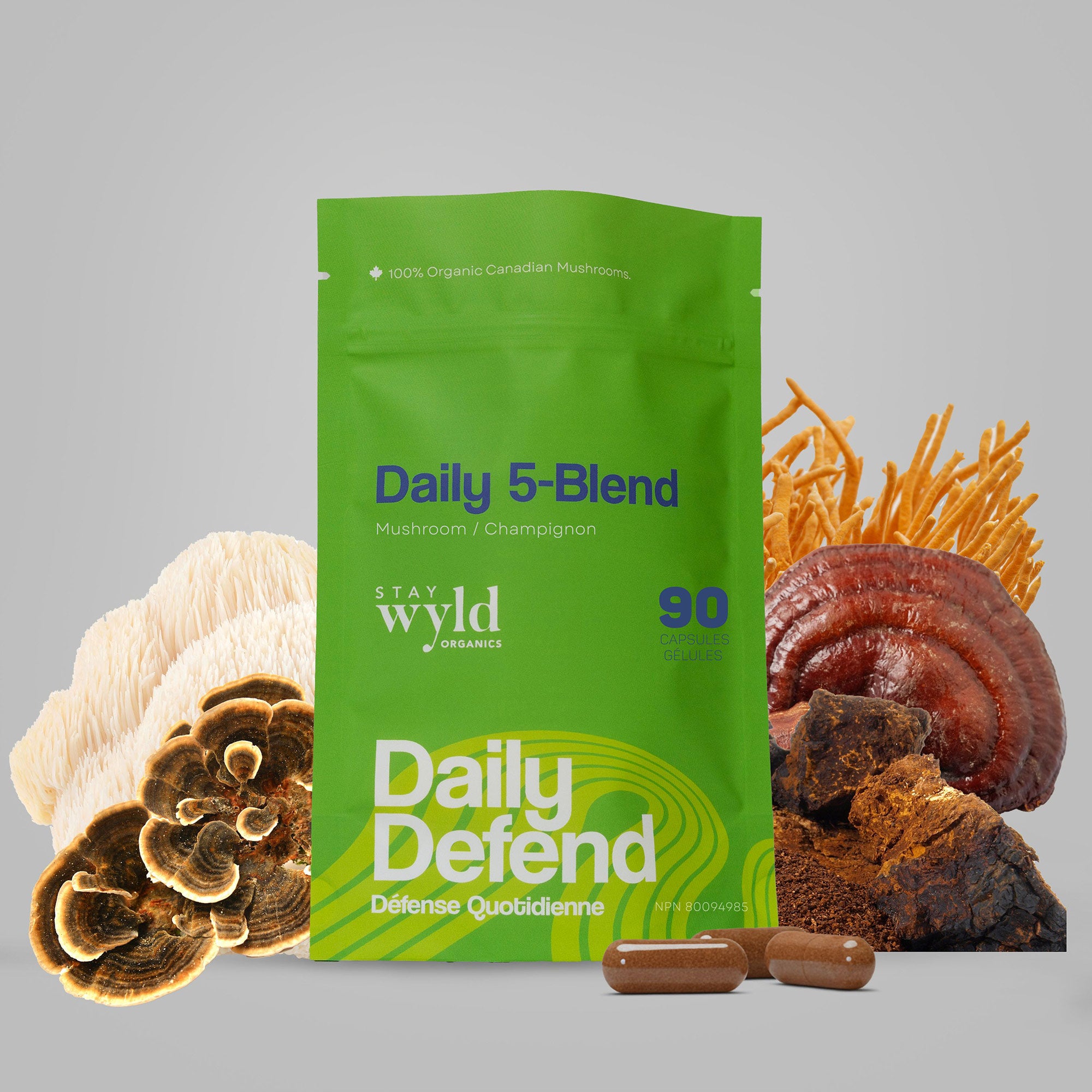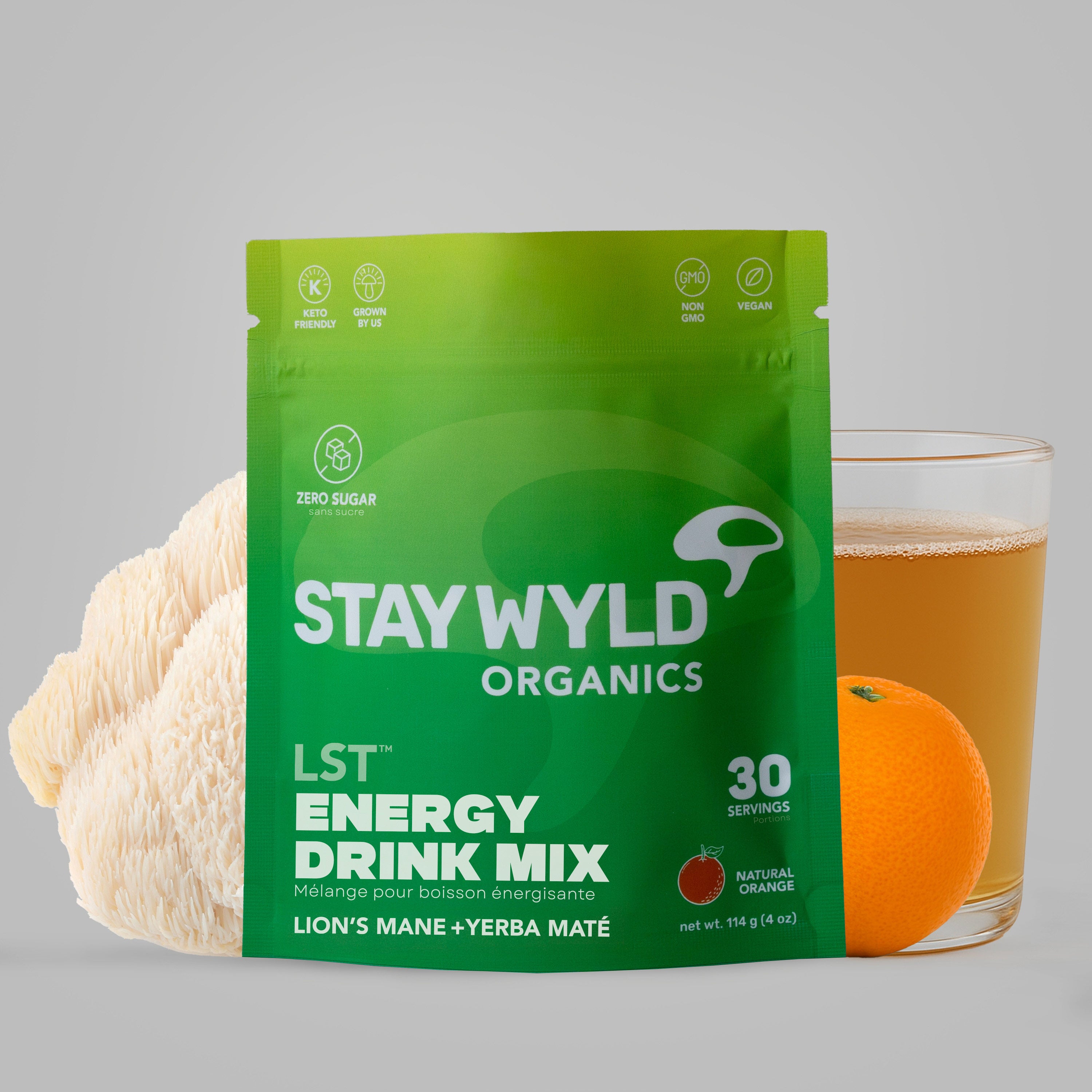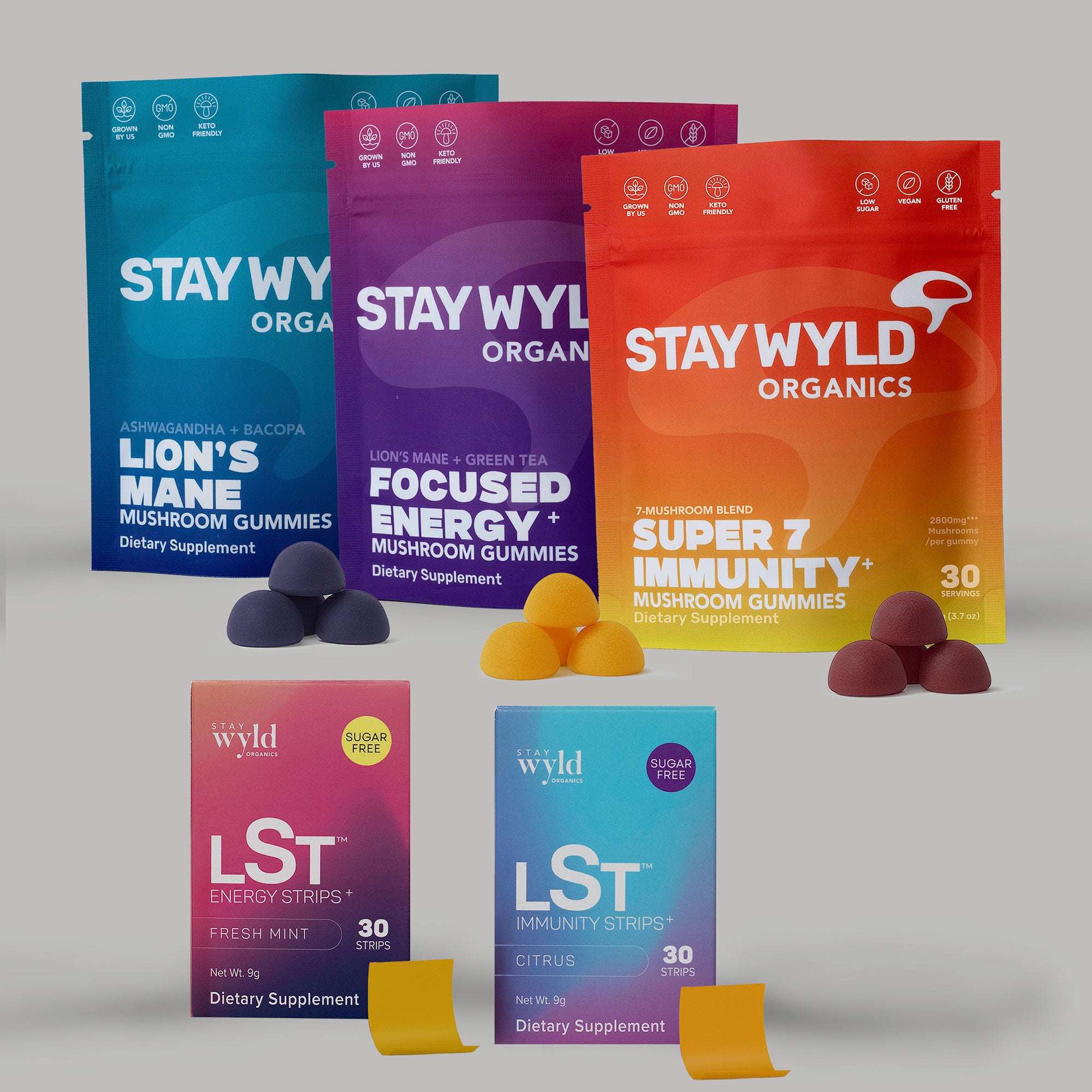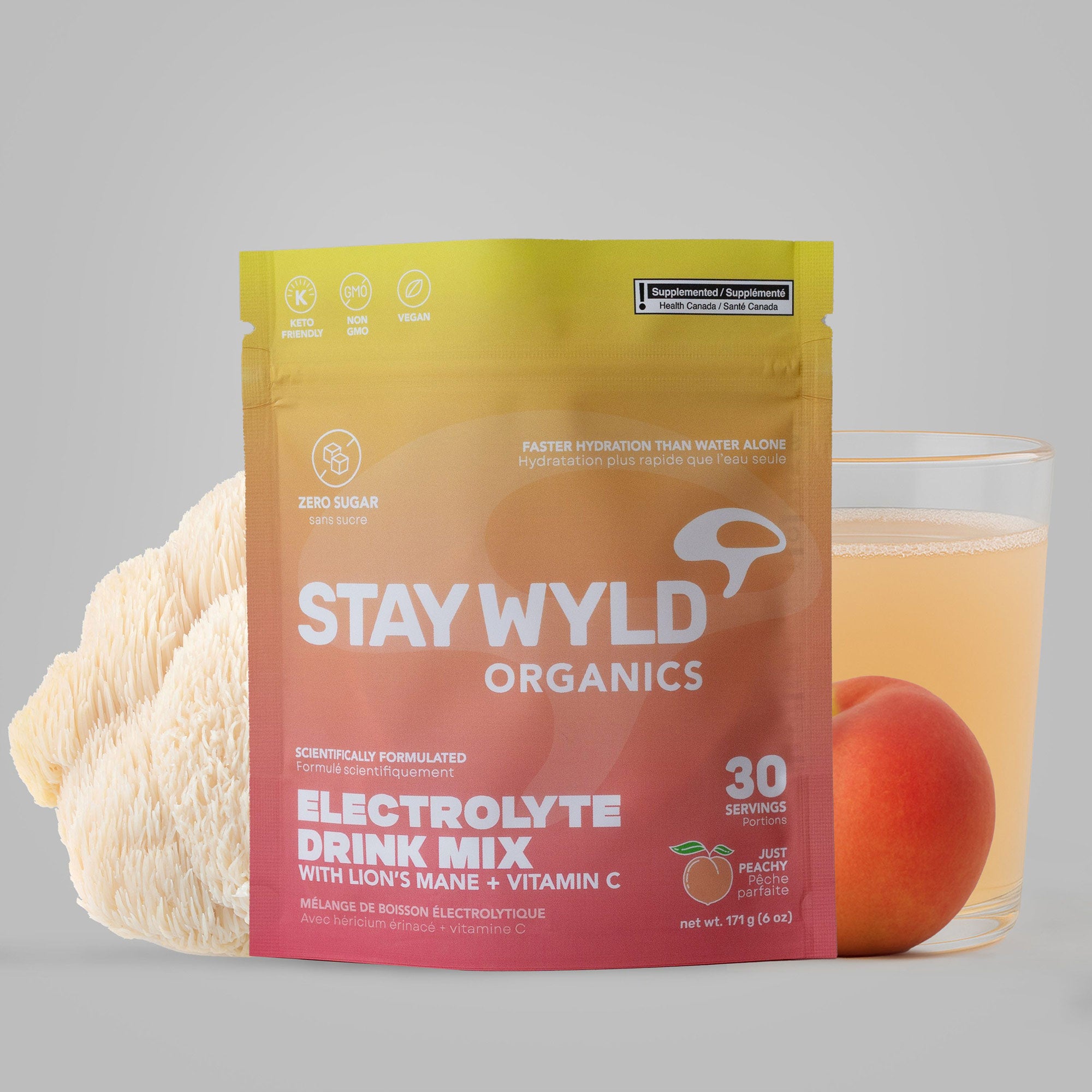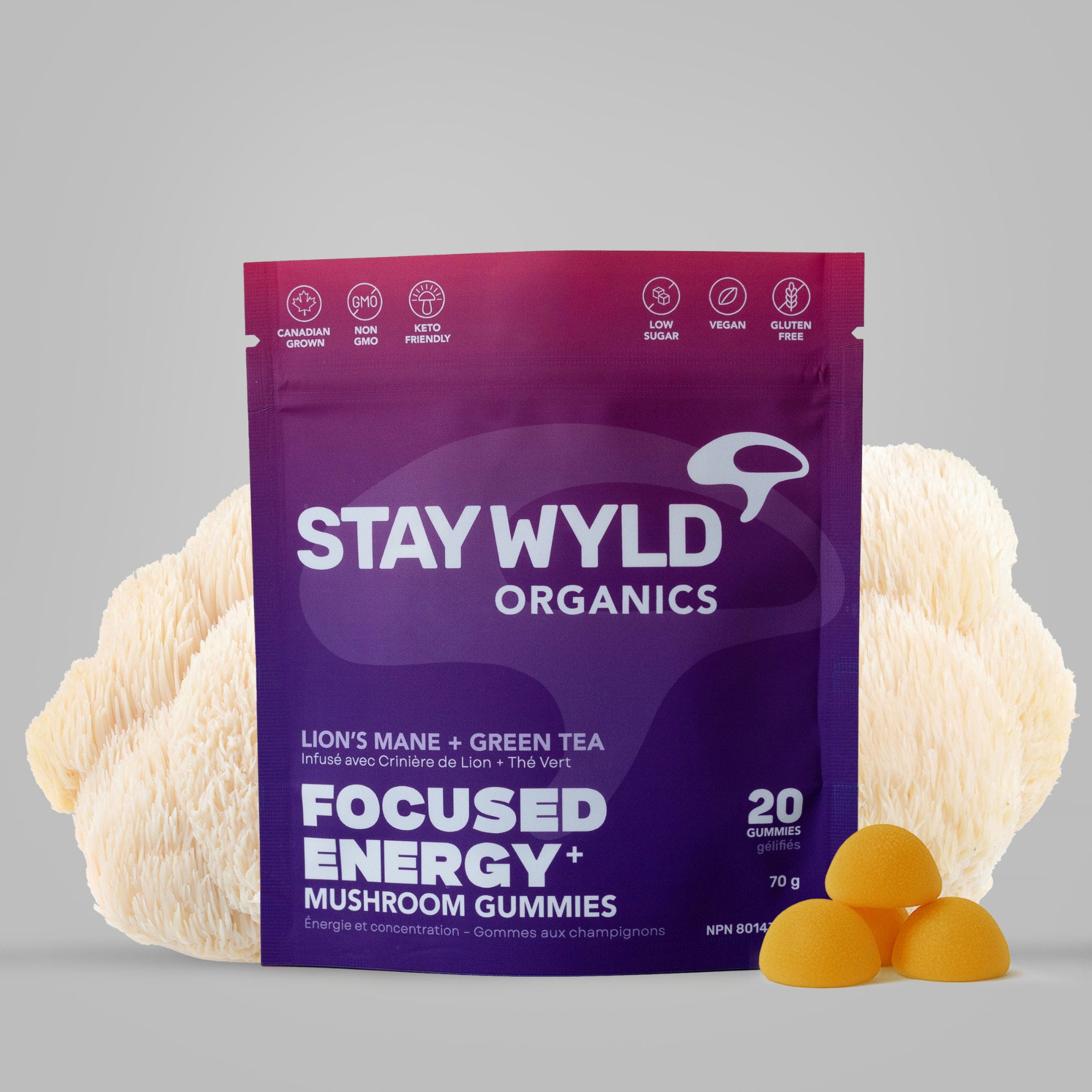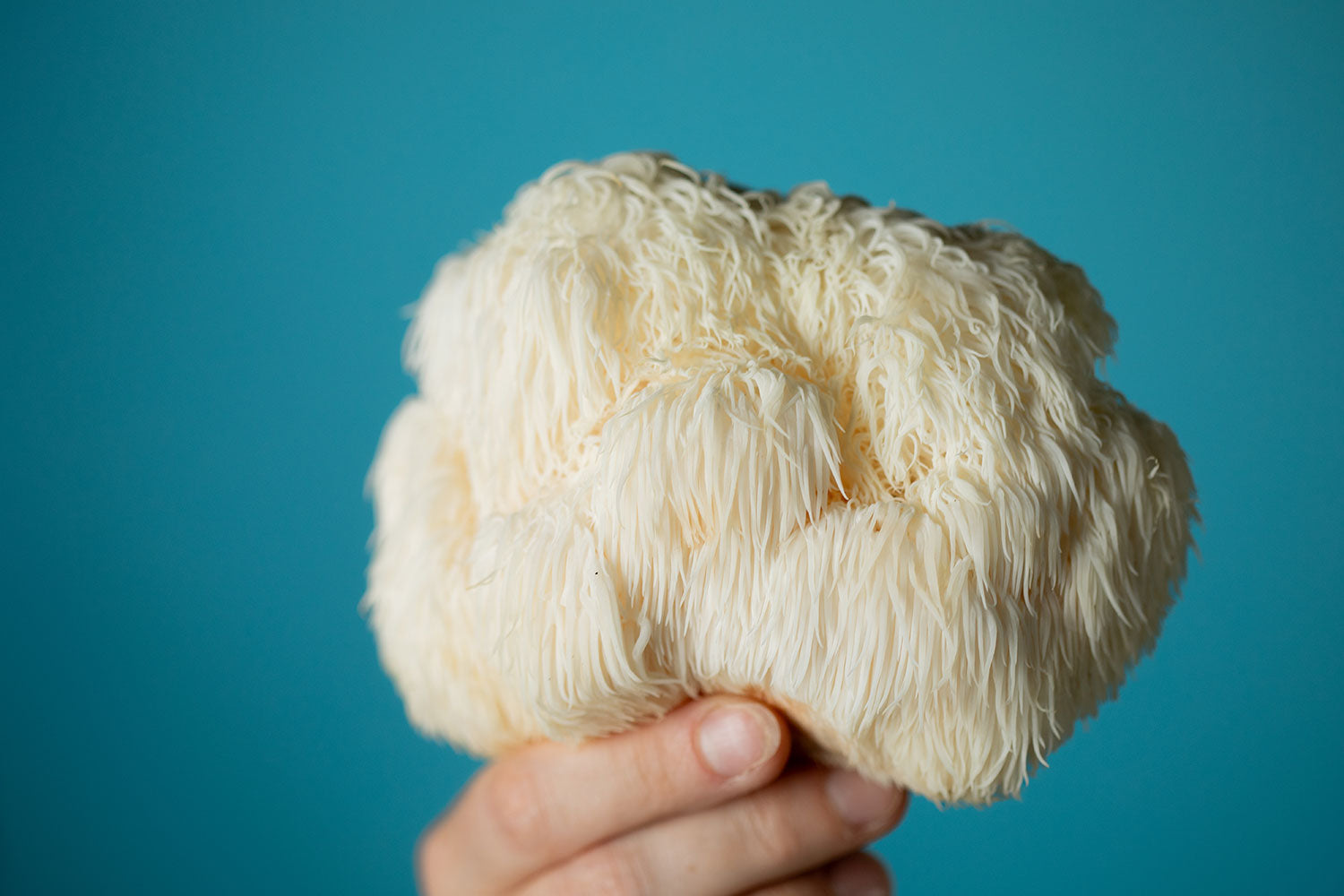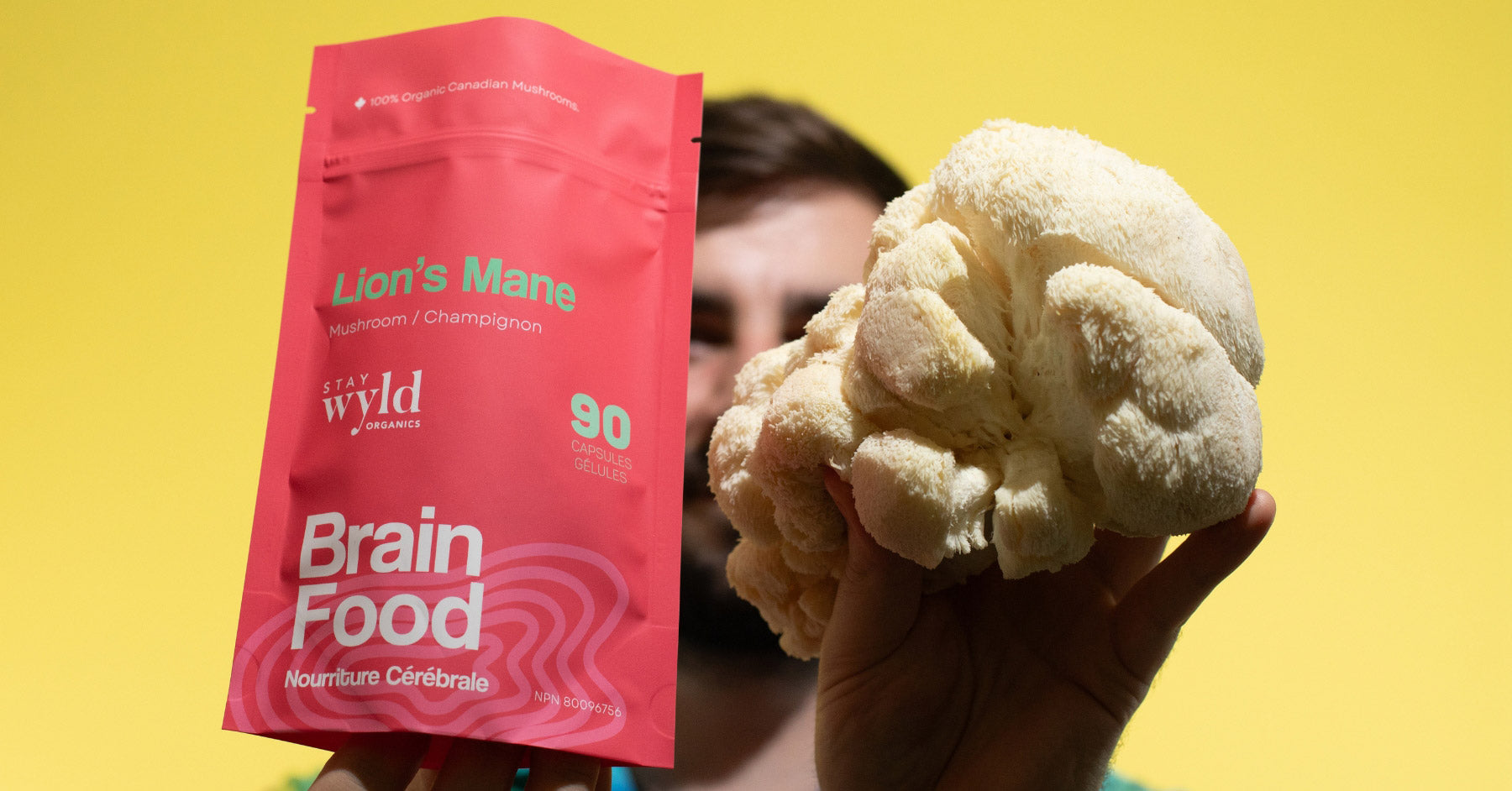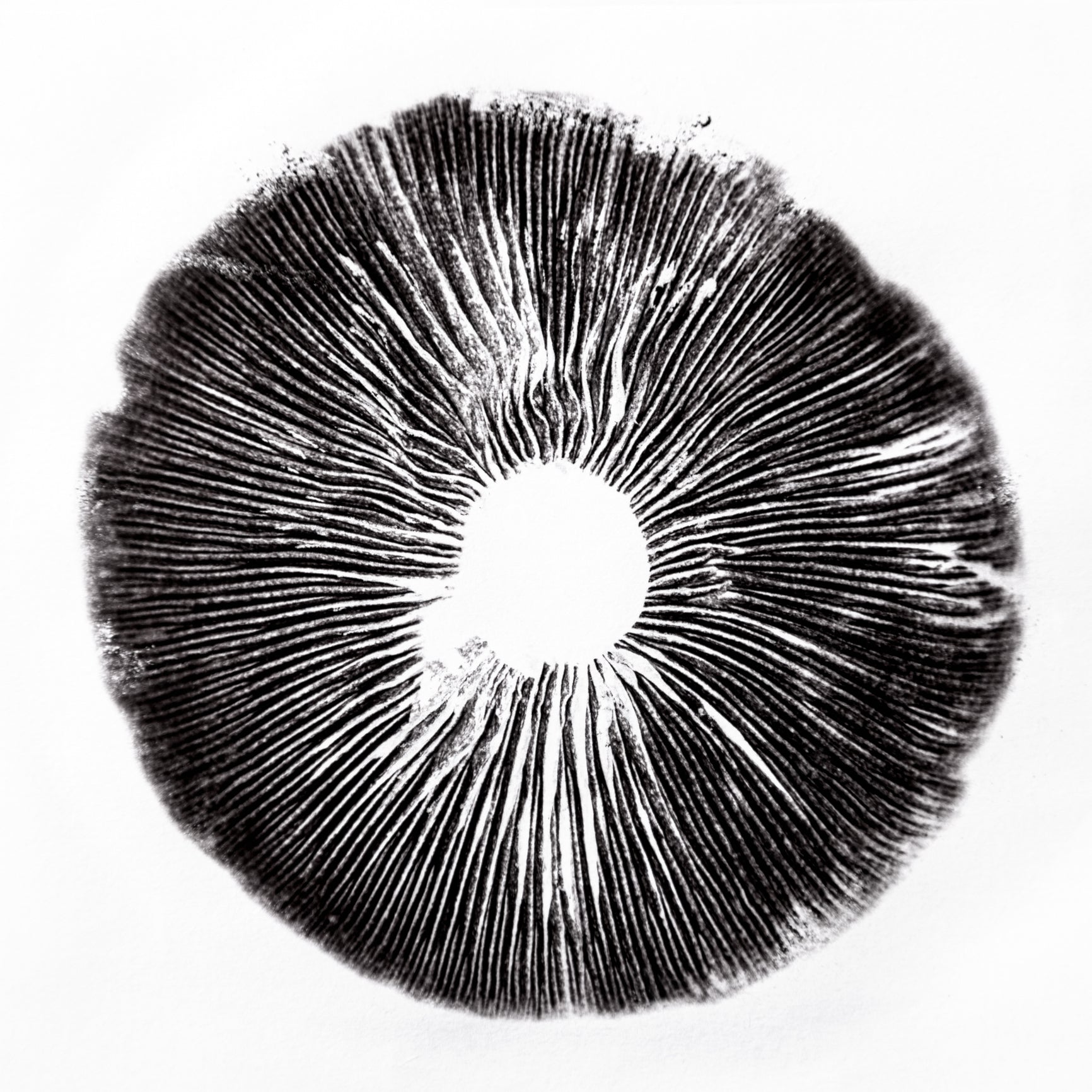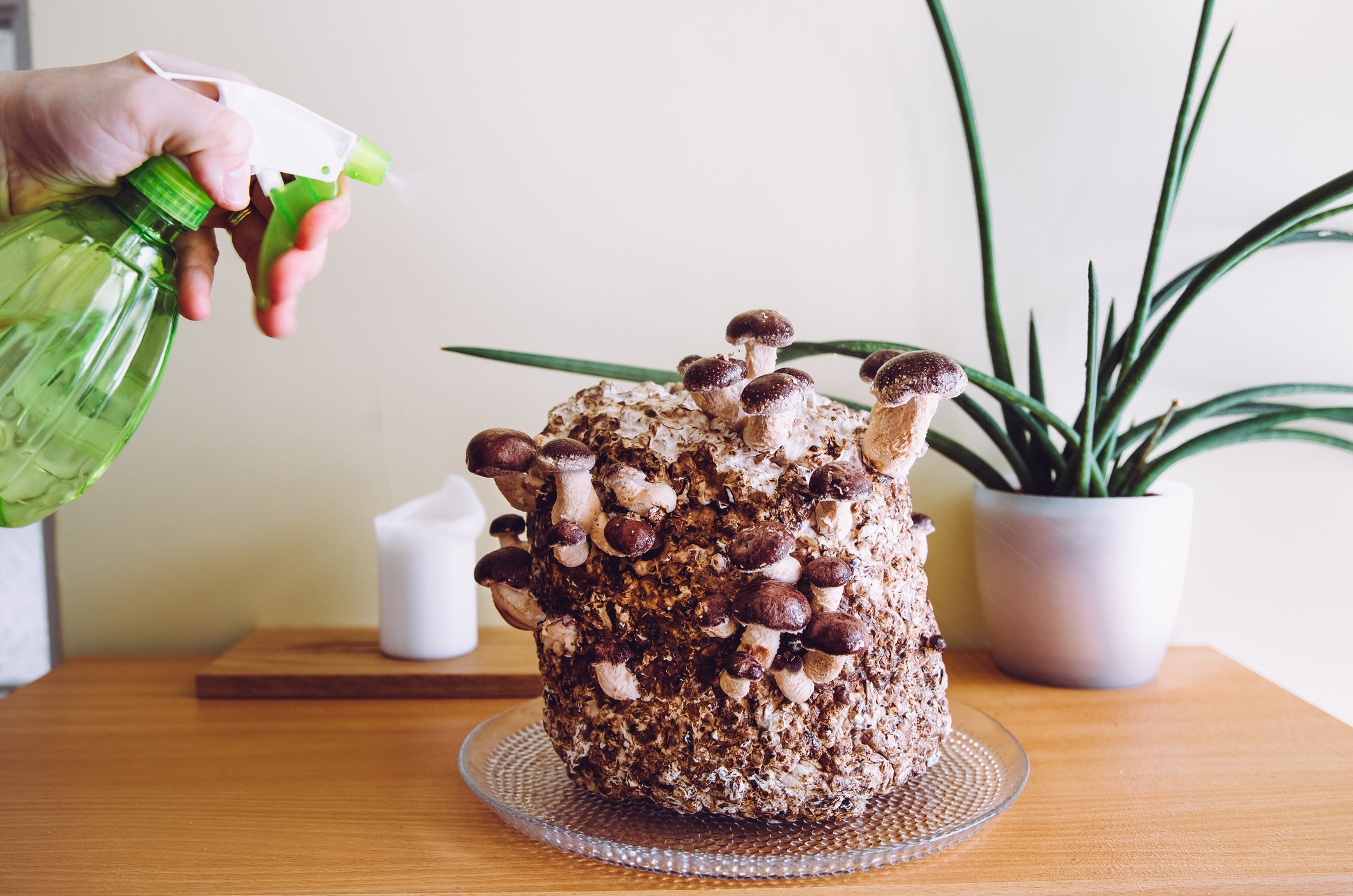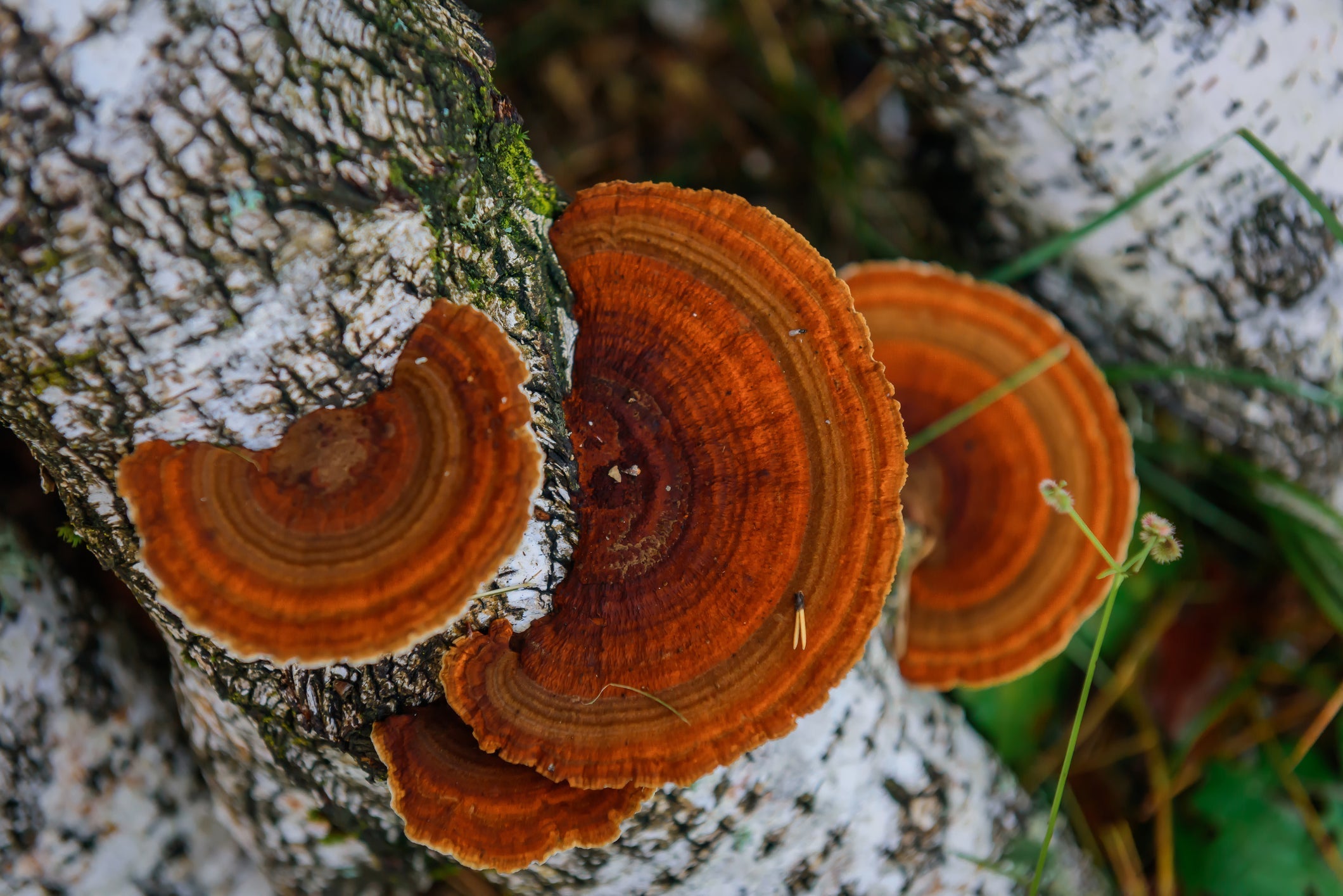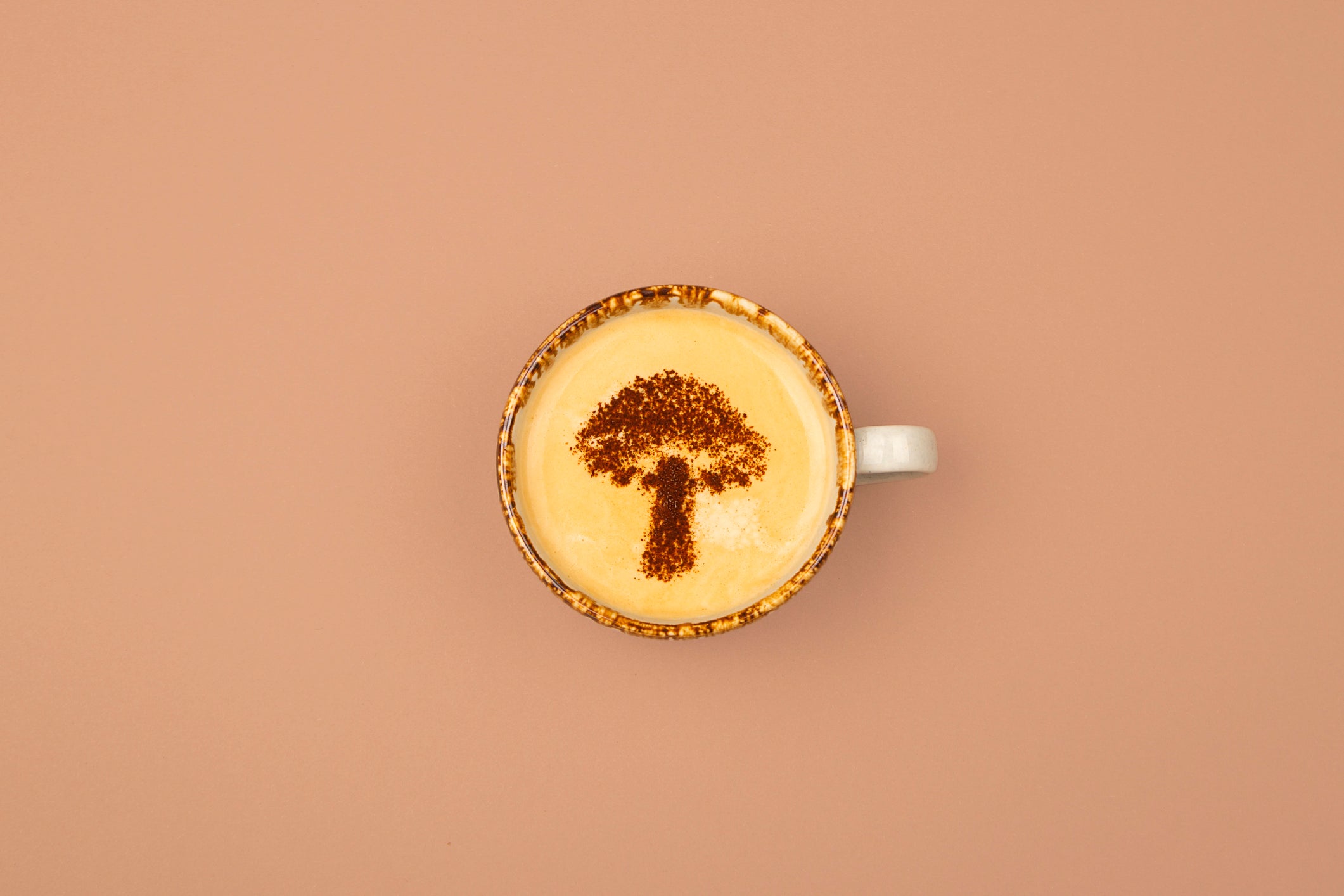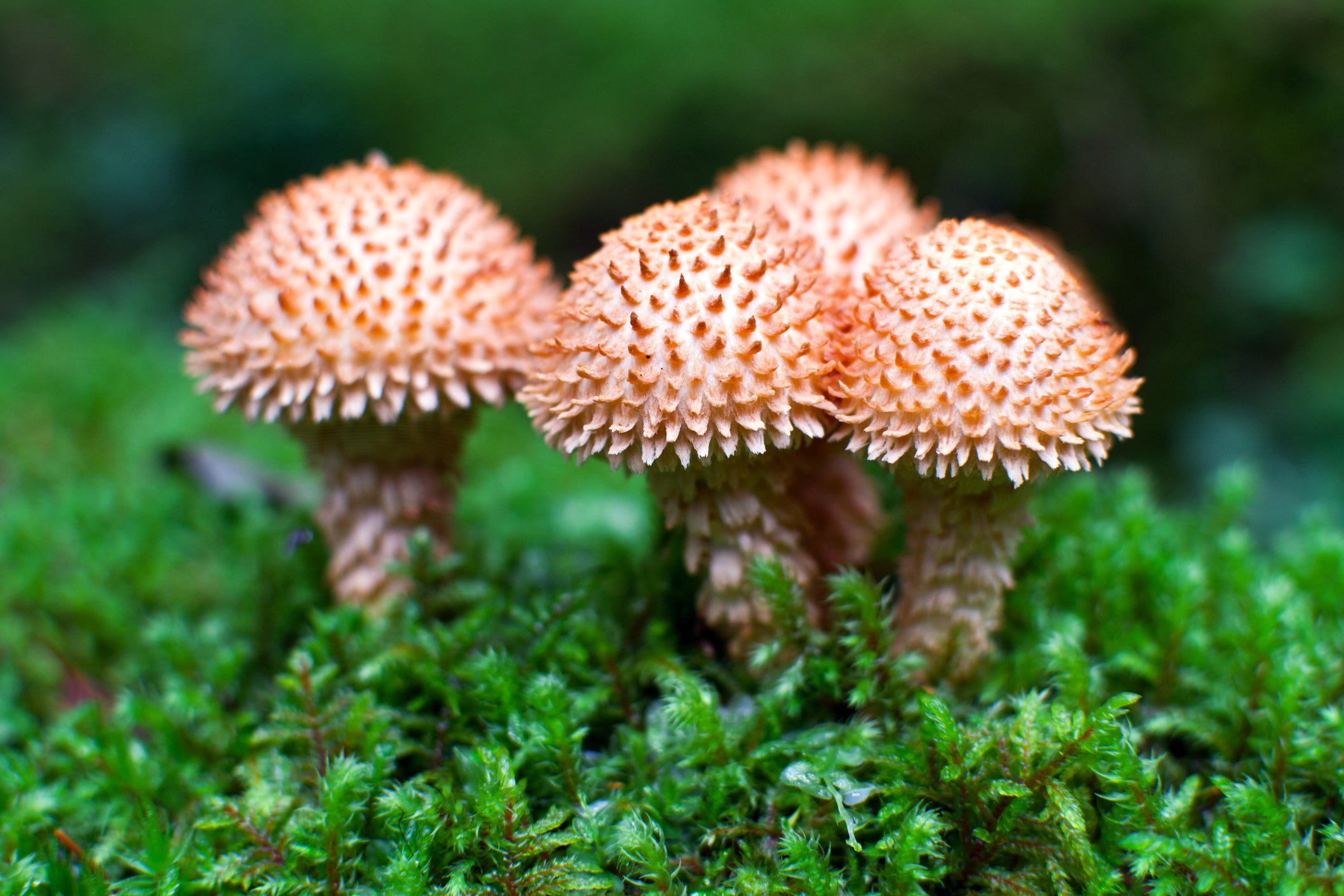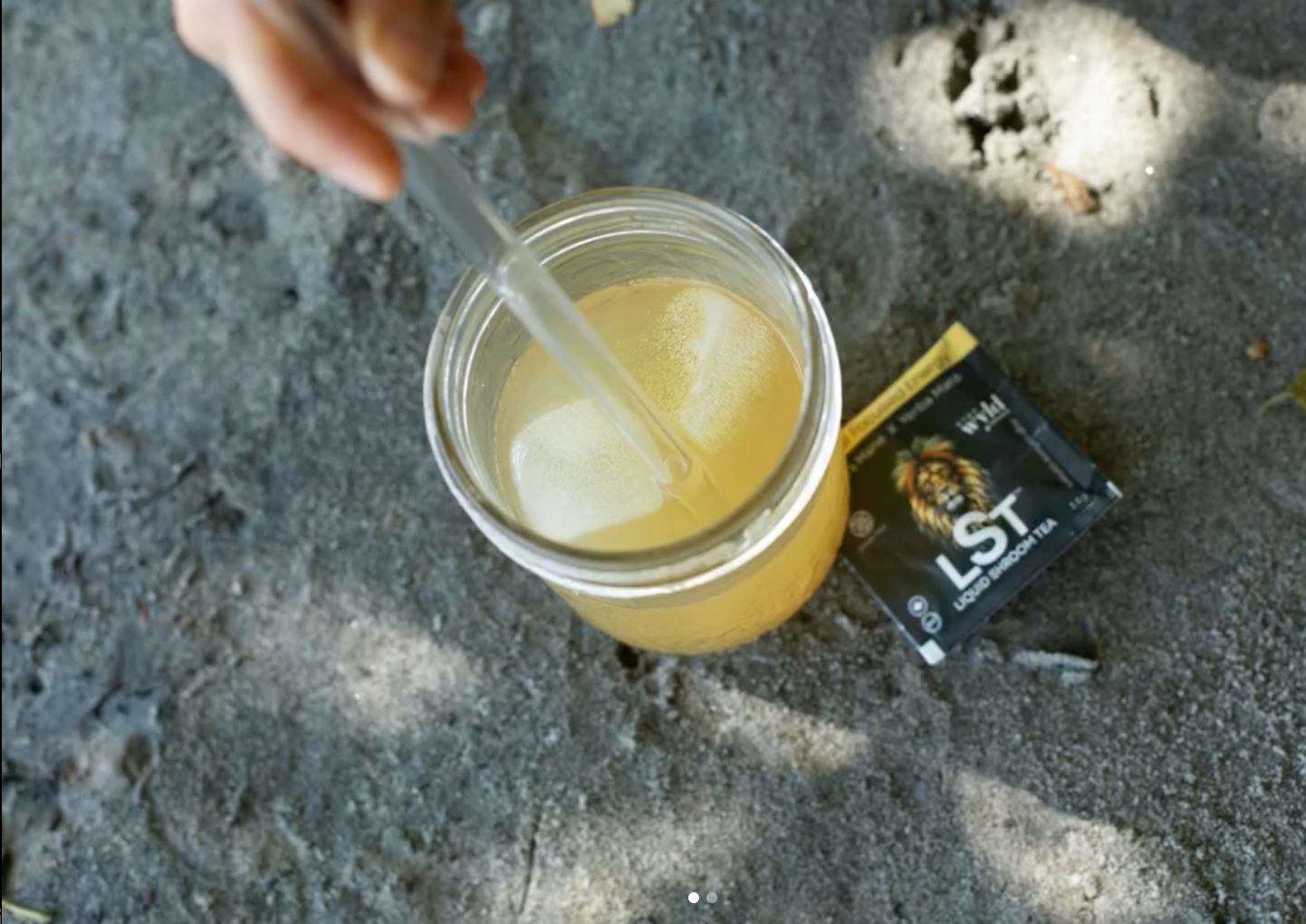Exploring the Health Benefits and Culinary Uses of the Blue Oyster Mushroom
9 minute read
The world of fungi is a vast and intriguing sphere, boasting a multitude of varieties, each bearing unique traits and benefits. Among the many types that grace this universe, one stands out for its enchanting aesthetics and compelling characteristics—the blue oyster mushroom. This edible fungus not only lures the senses with its enticing flavor but also provides health benefits that are hard to overlook.
These mushrooms are sought after by chefs and home cooks alike due to their culinary versatility and nutritional profile. As you journey with us through this exploration of blue oyster mushrooms, you'll discover the many reasons why they are held in such high regard.
What are Blue Oyster Mushrooms?
Blue oyster mushrooms, scientifically known as Pleurotus ostreatus var. columbinus, belong to the diverse oyster mushroom family. Found in subtropical and temperate climates, these mushrooms derive their name from their oyster-shaped cap and a cool, blue-gray color palette. Their texture is delicately smooth, and their flavor is exquisitely savory, thus rendering them a popular choice in an array of culinary delights.
The appearance of these mushrooms is undeniably distinctive. Their caps are broad and fan-like, radiating a cool blue color when young, which slowly fades to grey as they mature. Stems are typically short and off-center, and their spore print is white to lilac-gray, complementing their overall aesthetic. Oyster mushrooms also come in other colors including yellow, pink, and brown/gray.
History of Blue Oyster Mushrooms
The history of blue oyster mushrooms stretches back several centuries, particularly in Asian cuisin, where they were revered not only for their unique flavor but also for their perceived medicinal properties. They have been grown and harvested for millennia, becoming an integral part of various culinary traditions.
In the more recent past, with the advent of modern cultivation techniques, these mushrooms have been brought to wider audiences. Today, they can be found in many parts of the world, with their popularity increasing with each passing day. Their ability to grow in various climates and conditions has also made them a popular choice among home growers, contributing to their continued prevalence in the global food scene.
Are Blue Oyster Mushrooms Safe to Eat?
Yes, blue oyster mushrooms are absolutely safe to eat and are actually a nutritious addition to any diet. They are non-toxic and free of harmful substances, making them a healthy food choice for individuals of all ages. However, while you can eat them raw, they should be cooked properly before consumption, as raw mushrooms may contain difficult-to-digest compounds.
That said, it's also important to source these mushrooms from a reliable vendor or grow them yourself to ensure quality and safety. Misidentification of wild mushrooms is a common issue that can lead to the consumption of toxic species, so it's always safer to consume mushrooms that have been responsibly cultivated and sourced.
What Do Blue Oyster Mushrooms Taste Like?
Blue oyster mushrooms offer a palate of flavors that is both versatile and satisfying. Their taste can be described as subtly sweet with a slight hint of anise or licorice, and their texture is typically smooth and slightly chewy. The younger the mushroom, the more delicate and velvety the texture, making it a perfect addition to a variety of dishes.
Their flavor profile is also somewhat meaty, which is why they are often used as a substitute for meat in vegetarian and vegan dishes. The savory and umami notes that they add to a dish make them a popular choice for stir-fries, soups, and even as a topping for pizza.
Growing Blue Oyster Mushrooms
Cultivating blue oyster mushrooms at home is an exciting venture, one that is rewarding and feasible even for novices. Known for their adaptability, these mushrooms are among the easiest varieties to grow, making them an excellent choice for beginners.
The process involves several stages, each of which contributes to the overall growth and development of these fungi. From choosing the right substrate to understanding the appearance of healthy mycelium, every step holds its own significance.
What Substrate For Growing Blue Oyster Mushrooms?
When it comes to the ideal substrate for blue oyster mushrooms, a variety of organic materials can be used. Straw, hardwood chips, and sawdust are among the most popular choices, with the mushrooms deriving their nutrients from these natural sources. Some cultivators also prefer to use a blend of these materials to provide a more balanced nutrient profile.
The substrate must be adequately prepared – often through pasteurization or sterilization – to ensure it is free from any competing organisms. This helps create a more conducive environment for the blue oyster mushrooms to thrive and grow.
Mycelium Appearance
The mycelium, the vegetative part of a fungus, is critical to mushroom growth. Blue oyster mycelium is typically white and may appear fluffy or have a cotton-like texture. The spread of this mycelium across the substrate is an indication that your mushroom culture is healthy and growing as it should. Over time, the mycelium consolidates, leading to the formation of primordia - the beginning stages of your mushrooms. Observing this growth process can be a captivating experience.
Blue Oyster Spawn Run & Fruiting Conditions
During the spawn run, the mycelium colonizes the substrate, a process that takes about 2-3 weeks for blue oyster mushrooms. It's important to maintain an appropriate temperature (usually around 75°F), adequate humidity, and low light conditions during this stage.
Following the spawn run is the fruiting phase, which is when you'll see the mushrooms starting to form. During this stage, conditions must be adjusted to encourage growth, typically by lowering the temperature slightly, increasing light exposure, and maintaining high humidity (above 80%).
Blue Oyster Timeline
From inoculation (the introduction of mycelium into the substrate) to harvest, the whole process can take around 4-6 weeks. The spawn run is typically the longest stage, with the fruiting and harvesting stages taking up the remaining time. Blue oyster mushrooms tend to grow quickly once fruiting begins, often ready for harvest in just a few days.
Timeline Summary:
- Agar/Liquid Culture to Grain – 3 weeks
- Grain to Grain/Hardwood Substrate – 3 weeks
- Fruiting Chamber to 1st Flush – 1 week
- 1st Flush to 2nd Flush – 2/3 weeks (maintain high humidity)
Growing Kits
For those not ready to dive fully into the world of mushroom cultivation from scratch, blue oyster mushroom growing kits are a great place to start. These kits come equipped with everything needed for cultivation, including a colonized substrate. They simplify the process and are a good way to learn the basics of mushroom cultivation.
What are the Health Benefits of Blue Oyster Mushrooms?
Steeped in the wisdom of traditional Chinese medicine, the oyster mushroom has been recognized for centuries as a medicinal powerhouse, a standing that extends to the blue oyster mushroom. Here are some of the most extensively researched health benefits of this remarkable fungus.
- Bolstering Immune Health: The presence of beta-glucans in blue oyster mushrooms contributes to their immune-boosting properties. These mushrooms aid in fortifying the immune system against both short-term and long-term ailments. They're unique in that they neither stimulate nor suppress the immune system excessively, instead aiding in maintaining its balance. Furthermore, these mushrooms are rich in antioxidants, providing defense against oxidative stress and free radical damage, which consequently assists in warding off the effects of aging.
- Aiding Blood Pressure Management: Blue oyster mushrooms, rich in nutrients like Vitamin D, can play a part in maintaining blood pressure levels. Studies suggest that dietary inclusion of mushrooms like these can aid in reducing blood pressure, particularly beneficial for individuals with unregulated high blood pressure.
- Regulating Cholesterol Levels: With their savory flavor and zero cholesterol content, blue oyster mushrooms make for an excellent meat substitute in numerous dishes. Research indicates that consumption of these mushrooms may aid in lowering triglycerides and cholesterol levels, an added benefit for individuals managing diabetes and high blood sugar levels.
- Supporting Bone Health: Blue oyster mushrooms are packed with essential nutrients for bone health, including Vitamin D and magnesium. While calcium often takes center stage, the body also requires Vitamin D and magnesium for efficient calcium processing and bone storage.
- Anti-Inflammatory Properties: Blue oyster mushrooms, owing to their beta-glucans and antioxidant content, exhibit significant anti-inflammatory properties. They contain a unique amino acid called ergothioneine, which is believed to reduce systemic inflammation across the body, a factor contributing to diseases like dementia and diabetes.
- Anti-Cancer Potential: The beta-glucans found in blue oyster mushrooms serve as potent antioxidants that could potentially shield the body against cancer. Studies suggest that these mushrooms may be effective against certain cancer cells.
- Heart Health: The amino acid ergothioneine, prevalent in blue oyster mushrooms, may contribute to heart health by preventing plaque buildup. This property could be linked to the mushroom's ability to lower cholesterol levels, thus protecting the heart from cardiovascular disease.
- Neuroprotective Effects: Ergothioneine, being a cytoprotectant, protects cells against oxidative stress and free radical damage. Hence, blue oyster mushrooms may help defend against neurodegenerative diseases, such as Alzheimer's, Parkinson's, and dementia.
The health benefits of blue oyster mushrooms are substantial and varied, making them a valuable addition to a balanced diet. However, remember that while they are a healthy food choice, they are not a substitute for professional medical advice or treatment.
How Do I Cook with Blue Oyster Mushrooms?
The culinary potential of blue oyster mushrooms is vast and versatile, providing a delightful enhancement to a plethora of dishes. You can begin by cleaning them gently with a damp cloth to remove any dirt or debris. Remember, soaking them in water might lead to a soggy texture due to their high water content. Once cleaned, you can slice them according to your recipe's requirements. These mushrooms are perfect when sautéed in a dash of olive oil or butter, their natural flavors marrying beautifully with garlic and fresh herbs. They also lend themselves wonderfully to grilling and baking, or can be incorporated into soups, stews, and stir-fries. Their meaty texture and savory taste make them an excellent meat substitute in vegetarian and vegan dishes. Regardless of the culinary path you choose, blue oyster mushrooms are sure to bring a unique and delicious twist to your meals.
Where Can I Buy Blue Oyster Mushrooms?
Blue oyster mushrooms are becoming increasingly accessible, and you can often find them at your local grocery store or farmer's market. They are commonly found in the fresh produce section, usually alongside other varieties of mushrooms. For those who prefer shopping online, several specialty gourmet food retailers and health food stores offer blue oyster mushrooms and even deliver them right to your doorstep. For those interested in cultivating their own mushrooms, there are also many online vendors who sell blue oyster mushroom growing kits. Always ensure you're buying from reputable sources to guarantee the best quality and freshness.
What is the Best Way to Store Blue Oyster Mushrooms?
Blue oyster mushrooms, like most mushrooms, need to be stored properly to retain their freshness and flavor. Start by avoiding washing the mushrooms before storage, as excess moisture can hasten spoilage. Instead, clean them just before cooking. If you've bought pre-packaged mushrooms, it's best to take them out of their plastic wrapping, which can trap moisture and lead to faster spoilage.
One of the most effective methods for storing blue oyster mushrooms is in a paper bag inside the refrigerator. The bag helps absorb any excess moisture while allowing the mushrooms to breathe. Alternatively, you can also wrap them loosely in a damp paper towel and then place them in a partially opened plastic bag. This method maintains the right humidity level without making the environment too damp.
How Long Do Oyster Mushrooms Last?
The shelf life of blue oyster mushrooms largely depends on their freshness at the time of purchase and the conditions in which they are stored. Generally, when stored properly in the refrigerator, they can last for up to a week.
It's important to check your stored mushrooms for any signs of spoilage regularly. Mushrooms past their prime will often develop a slimy texture and a strong unpleasant odor. Remember, it's always best to use blue oyster mushrooms when they're fresh to enjoy their optimal flavor and nutritional benefits. If you find yourself with more mushrooms than you can use within a week, consider options like drying or freezing to extend their shelf life.
Leave a comment
All comments are moderated before being published.
This site is protected by hCaptcha and the hCaptcha Privacy Policy and Terms of Service apply.
